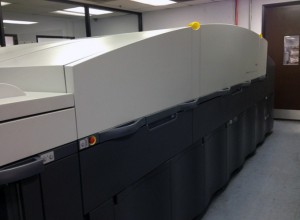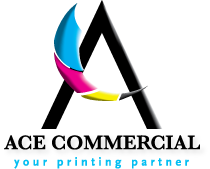Digital Printing
What is Digital Printing?
Short-Runs, Quick Turn-Arounds, etc. If your quantities are small, if you need a quick turnaround, and/or you’ve got a tight budget, we sometimes recommend printing it “Digital”. Digital-Printing is often the best and most cost-effective way to go. The quality is still very good, but there is much less setup associated with digital printing, so it allows us to produce it quicker and for a lower price.
Digital printing refers to methods of printing from a digital based image directly to a variety of media, this often involves the use of professional equipment, like a laser printer. It usually refers to professional printing where small run jobs from desktop publishing and other digital sources are printed using large format and/or high volume laser or inkjet printers. Digital printing has a higher cost per page than more traditional offset printing methods but this price is usually offset by the cost saving in avoiding all the technical steps in between needed to make printing plates. It also allows for on demand printing, short turn around, and even a modification of the image (variable data) with each impression. The savings in labor and ever increasing capability of digital presses means digital printing is reaching a point where it will match or supersede offset printing technology’s ability to produce larger print runs at a low price.
The main difference between digital printing and traditional methods such as lithography, gravure, or letterpress is that no printing plates are used, resulting in a quicker and less expensive turn around time. The most popular methods include inkjet or laser printers that deposit pigment or toner onto a wide variety of substrates including paper, photo paper, canvas, glass, metal, marble and other substances.
Consumer and professional printers such as inkjet or laser printers use the most common examples of digital printing. Professional companies now use those practices to go green by using better quality ink and better laser etching to get a more crisp picture that is displayed through digital printing.
In many of the processes the ink or toner does not permeate the substrate, as does conventional ink, but forms a thin layer on the surface and may in some systems be additionally adhered to the substrate by using a fuser fluid with heat process (toner) or UV curing process (ink).





